Ways to combat spider mites on vegetable seedlings
The defeat of vegetables and garden plants with a spider mite will require gardeners to know the basic methods of control and comply with the rules for carrying out treatments with chemicals. It can take a lot of time and effort to protect seedlings, so it is important to detect pests in time and carry out operations to remove mites from vegetables.
Brief description of pests
Spider mite is a name that refers to a whole group of sucking-type garden pests. It is impossible to detect parasites without the help of a magnifying glass: the body length of 1-2 mm allows them to hide in the foliage. Depending on the species, spider mites can have 4 or 8 limbs.
Pests feed on any juicy, green leaves, infect not only seedlings, but also adult plants. As a result, the leaves stop receiving nutrients and gradually dries out. The tick settles on the lower part of the leaves.
All garden crops and their sprouts will have to be protected. Growing seedlings at home, unfortunately, does not guarantee protection against ticks. Most often, the parasite is brought in from the garden soil.
Another unpleasant feature for gardeners is that a tick, like a chameleon, is able to change its color and disguise itself as the color of plants. Breeding, parasites quickly capture new bushes of seedlings. The fight started at the wrong time leads to infection of garden plants and even weeds.
Important
To fight, you have to use chemicals. Therefore, when taking care of seedlings, do not forget to wear personal protective equipment for the body and respiratory organs.
The first symptoms of defeat
If possible, it is recommended to inspect the seedlings every day and assess their health. When microscopic yellowish dots appear on the leaves, similar to punctures with a thin needle, you will need to immediately remove the affected leaf and process the sprout with folk recipes or chemicals.
If the fight is not started on time, an oily transparent spot will form on the inner surface of the sheet. At this time, using a magnifying glass, you can notice the flickering of light ticks. Over time, colonies of parasites weave a cobweb on the back of the foliage. And later they capture new plants. If you do not start treatment with solutions, the seedlings will completely die or develop into frail, weakened plants.
Three techniques are used to combat spider mites. Let's talk about them in detail.
Folk recipes
If protective actions are started on time, it is enough to carry out several treatments using home recipes.
Onion tincture
Among the many advantages of onions is the ability to scare away pests from seedlings.
For this:
- Grind 200 g of onion.
- Add the mass to a bucket of water and insist for a day.
- After that, we add manganese to the solution, at the tip of a knife, so that the solution turns out to be a little pinkish.
- Filter the mixture through a fine garden sieve or old tights.
- Pour the solution into a sprayer and abundantly irrigate all young plants from all sides.
- If very small seedlings are affected, we dilute the infusion in a smaller volume, maintaining the proportions.
Advice
Onions can be replaced with dandelion flowers.
Infusion of garlic
This vegetable is known for its bactericidal properties as well as its pungent odor.
To prepare the product:
- Grind 500 g of garlic and pour 3 liters of water into the gruel.
- Mix well, then drain the water through a sieve into a separate container.
- Fill the garlic with a new portion of water and repeat the operation.
- Having completed this work 3 times, we bring the volume of the finished solution to 10 liters.
- Having once again filtered the control agent, we pour it into the sprayer and spray all surfaces of the bushes and the ground in the aisle with a solution.
Infusion of henbane or dandelion flowers
A good result is obtained by processing with bleached, however, in the process of harvesting raw materials, it must be remembered that the plant is dangerous to human health.
To prepare the infusion, we perform the following steps:
- 1 kg of poisonous dried henbane or 400 g of foliage and flowers of dandelions pour a bucket of water.
- We add shaved laundry soap to the solution, which will allow the product to fill all the pores and "stick" to the surface of the foliage.
- We add manganese for foliar feeding. The infusion should turn slightly pink.
- Set aside in a dark, warm place for 12-15 hours.
- We filter and process the seedlings with a weekly break until the ticks are completely destroyed.
Decoctions
Gardeners use cyclamen tubers.
To prepare the product:
- We divide several tubers into separate parts.
- We boil them for 30 minutes over low heat.
- We set aside and let the solution cool and infuse for a day.
- We carry out treatment from a sprayer or sprayer.
- We repeat the treatment after 4-5 days until the complete destruction of the parasites.
If the fight is started late and the mites have formed a cobweb with colonies of small parasites on young tomato or pepper seedlings, you will need to use "heavy artillery".
Chemical means of protection
Extreme measures involve not only spraying, but also burning dry preparations, fumigating the air and treating all surfaces of containers and the earth in them with preparations. Labor intensity pays off with efficiency. Most often, it is possible to get rid of both parasites and the clutches of their eggs.
In case of severe damage to seedlings, you will have to carry out several treatments, alternating preparations. The number of sprays is at least 3, after a week, especially when the air temperature is above 20 ° C (such conditions allow female ticks to lay new clutches every 4-5 days).
Important
To treat pepper seedlings with chemicals, be sure to add a little laundry soap to the solution. For spraying tomato and eggplant seedlings, we increase the concentration of the solution by 30-40%, but it is not recommended to add soap.
All treatments are carried out only in the early morning or evening after sunset. Direct sunlight falling on the leaves of seedlings moistened with a solution is detrimental to the plant.
All chemicals are divided into two groups:
- acaricidal solutions - "Sunmight", "Demitan", "Flumite", "Bicol", Bitoksibacillin "," Envidor "are popular among gardeners.
- insectoacaricides - recommended for processing seedlings of vegetables "Akarin", "Fufonon" "Oberon", "Neoron", "Karate".
When making solutions, be sure to follow the instructions for dosage and methods of use. After the 4th treatment, after 3-4 days, we must inspect the plants through a magnifying glass. If new points are not observed, you can breathe calmly, the parasites are defeated. Upon examination, new dots or spots were found on the back of the foliage - we replace the chemical or move on to the next type of pest control of vegetable seedlings.
Biological methods
Such methods of protection are absolutely safe for animals, birds and humans, but destructive for all types of parasites. These include the use of natural enemies of ticks - phytophages. Such neighbors do not damage plants, eating exclusively animal food.
For use, we study the instructions and dilute the solution, maintaining all proportions. After that, we spray the product over the entire surface of the seedlings. For the fight use the predators "Fitoseilus" or "Ambliseylyus". After the destruction of the pest colony, the predators spread to other infected plants or die.
It is easier to prevent the spread of spider mites on seedlings. To do this, we inspect the seedlings every day and when the first points are found on the back of the foliage, we process the seedlings with simple folk remedies or immediately go on to the use of chemical plant protection products. Only the fight against parasites on seedlings started in time will make it possible to grow strong seedlings for further cultivation in open ground or in greenhouses.
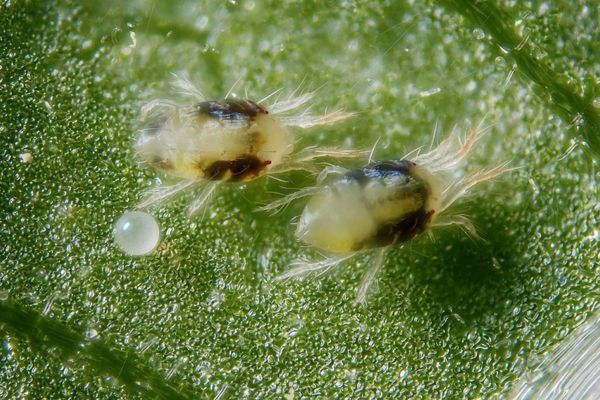
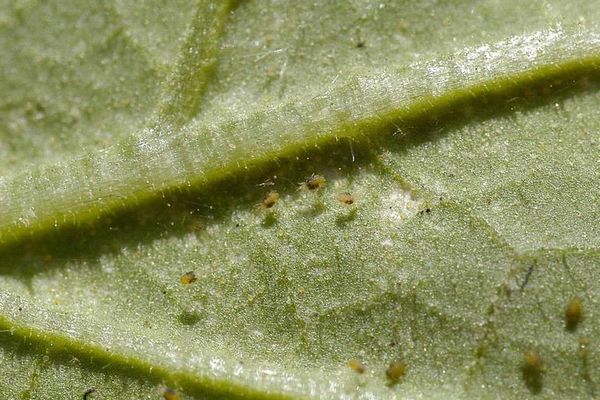
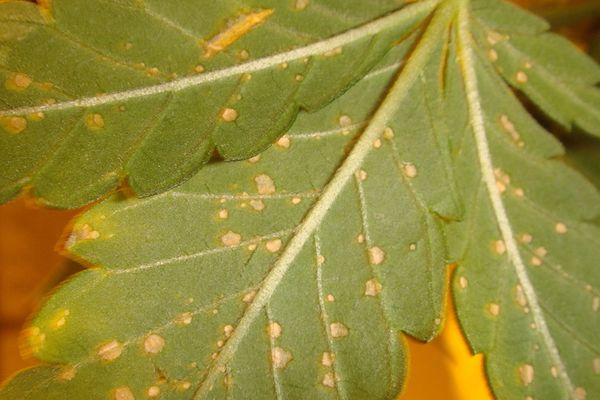
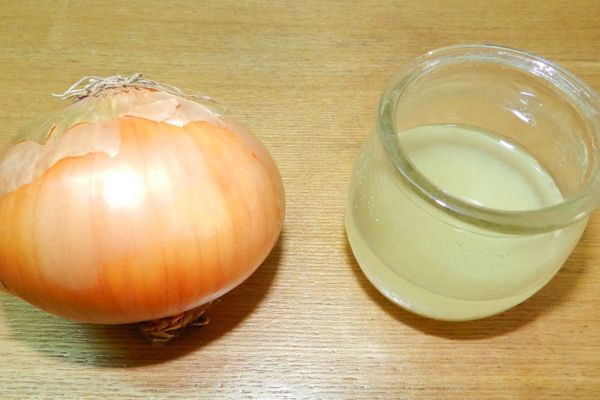
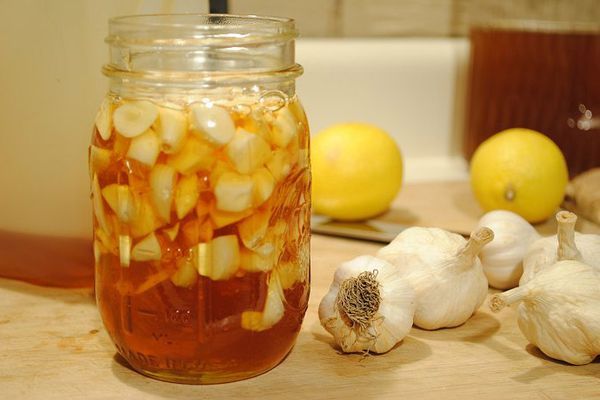
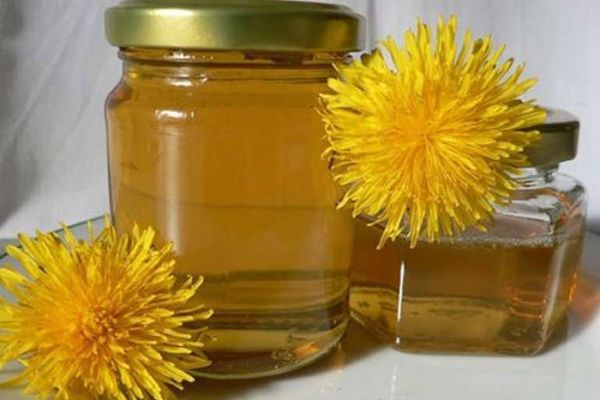

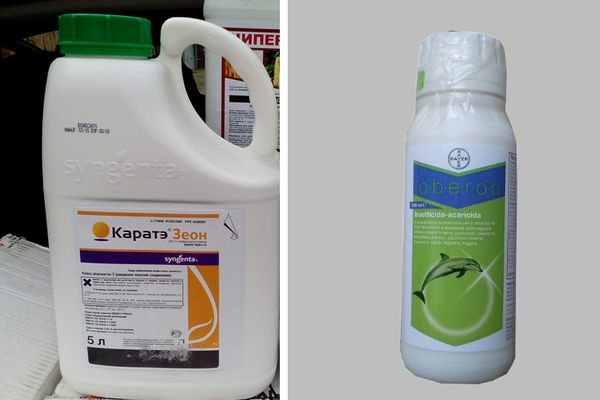

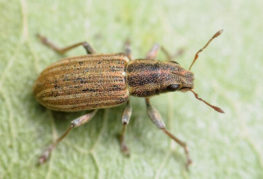
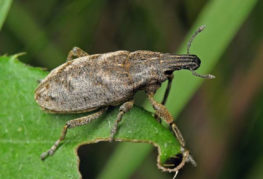

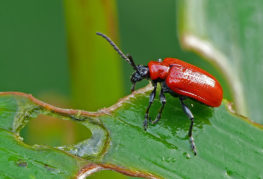
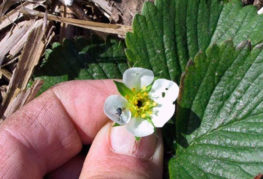
and will be published shortly.